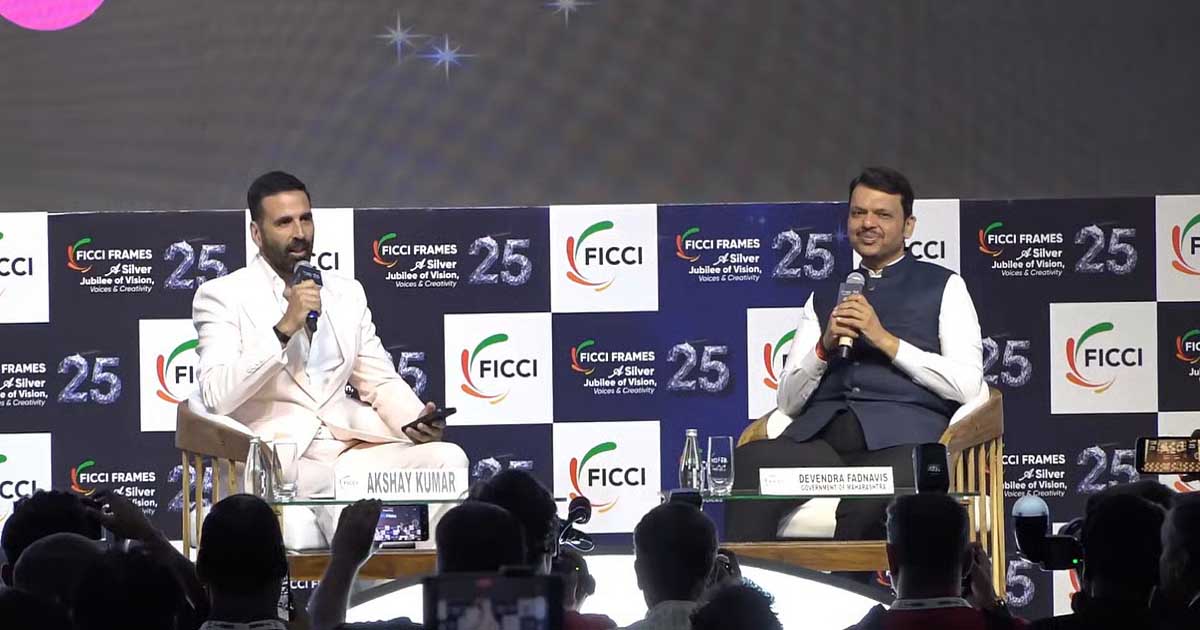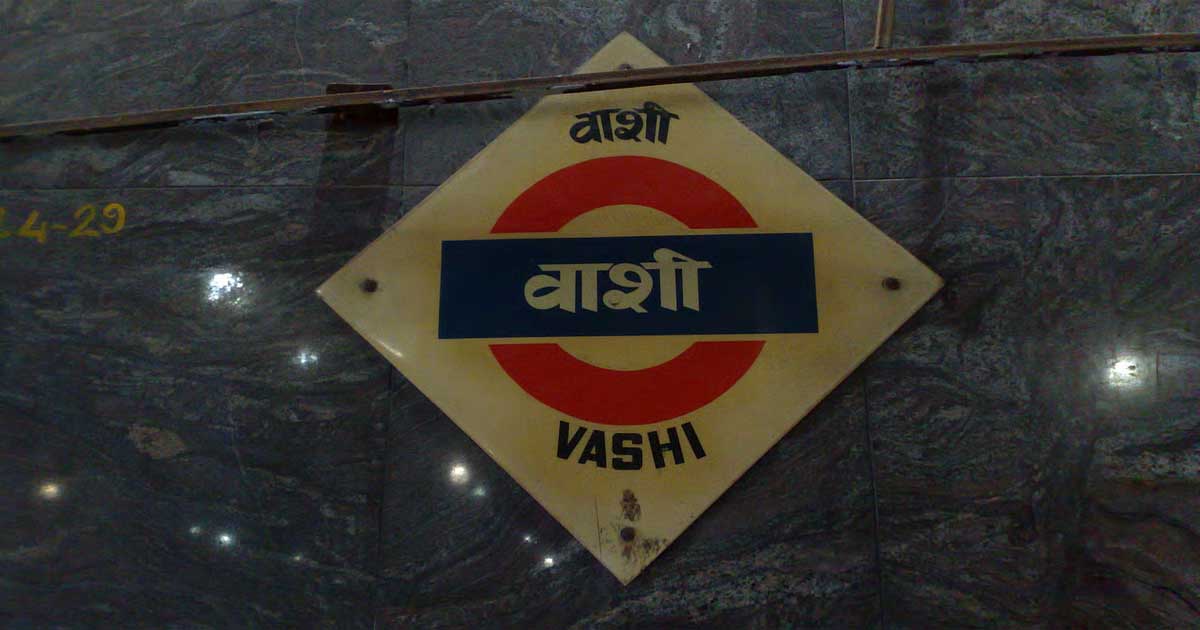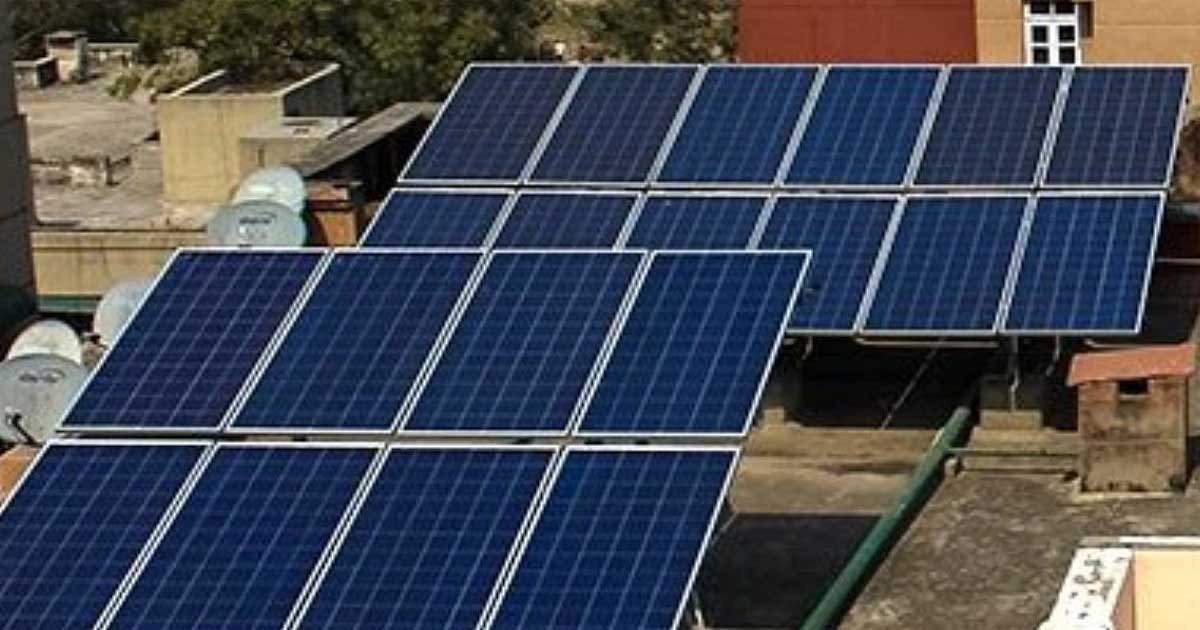National News
Over to voters: High-decibel campaign for Delhi election ends

New Delhi, Feb 3: Campaigning for the most hotly contested Assembly election in Delhi ever ended at 5 p.m. on Monday, drawing curtains on months-long, high-decibel electioneering replete with AI-generated memes, acerbic jibes and venomous barbs and a race to woo voters with freebies, including monthly doles to women and the youth.
The ruling AAP and rival BJP and the Congress engaged their star campaigners liberally with the pack being led by Prime Minister Narendra Modi and his Cabinet Minister Amit Shah, Rajnath Singh and Piyush Goyal, Congress leaders Rahul Gandhi and Priyanka Gandhi Vadra, former Chief Minister Arvind Kejriwal, Punjab CM Bhagwant Singh Mann and Chief Ministers of other BJP and Congress-ruled states.
Cricketer Harbhajan Singh and filmstar Shatrughan Sinha added star power to the AAP’s campaign.
Cash assistance for women, heated exchanges over alleged corruption revolving around liquor scam and ‘Sheesh Mahal’, joblessness, water supply and sewers, toxic air, polluted Yamuna and free health insurance dominated the discourse.
At the peak of the campaign, the campaign turned into a direct fight between ‘Modi ki Guarantee’, ‘Kejriwal ki Guarantee’ and ‘Congress ki Guarantee, with all three parties offering freebies to woo voters.
The ruling AAP and rival BJP and Congress also locked horns on several occasions over issues of alleged poll code violation, deletion of voters’ names, suspected Bangladeshis enrolled as voters and attempts to influence voters using lies and wrong information.
The hot seats of New Delhi of AAP National Convenor Arvind Kejriwal and Kalkaji seat of Chief Minister Atishi attracted special attention all through the campaign.
The fiercely campaign for the February 5 Assembly election has been defined by an unprecedented use of AI-generated spoofs and memes, sharp political jibes, and high-decibel roadshows.
The tech-driven campaign was supplemented by conventional methods like padyatra, corner meetings, handouts, newspaper ads, recorded phone calls by Kejriwal to voters and personal letters sent by Delhi BJP chief Virendra Sachdeva to voters.
On the final day of campaigning, the BJP organised 22 roadshows and rallies across Delhi while PM Modi issued a video on his interaction with students, as the party looked to end the AAP’s run of three successive electoral wins since 2013.
Similarly, the AAP’s last day dash saw Kejriwal holding public meetings in the Chhatarpur and Kalkaji Assembly constituencies and issuing videos alleging attempts to manipulate EVMs.
Throughout the campaign, the ruling AAP raised issues of poll code violation, alleged EC bias in favour of the BJP and wooed voters by showcasing its development model and offering 15 guarantees, including monthly financial assistance for women and others.
The ruling party also remained confident of securing a fourth straight term, banking on its governance model of free welfare schemes and blunting the rivals’ allegations of corruption and misgovernance.
The Congress, which ruled the capital for 15 years between 1998 and 2013, appeared energised, with a segment of Muslim voters showing faith in it in the recent civic elections.
On Monday, the Delhi election office imposed a prohibition on the display to the public of any election matter by means of cinematograph, television or other similar apparatus and holding public meetings during a period of “48 hours ending with hour fixed for conclusion of poll during the General Election to Legislative Assembly of NCT of Delhi-2025.”
All eyes on voting day will be on the voting turnout with the election department desperately trying to get more voters to polling booths.
The turnout in the 2020 Delhi Assembly election stood at 62.82 per cent, 4.65 per cent lower than 67.47 per cent in 2015. In 2013, the turnout was 66.02 per cent, 8.42 per cent higher than 2008’s 57.6 per cent.
Voting to pick a new 70-member Delhi Assembly will be held on February 5 and the result will be declared on February 8. In the outgoing House, the AAP has 62 candidates and the BJP has eight.
According to the data of the Delhi Chief Electoral Officer (CEO), 1.56 crore voters are eligible to cast their ballots across 13,766 polling stations. Among the total voters, 83.76 lakh are men, 72.36 lakh are women, and 1,267 are third-gender voters.
There are 699 candidates in the fray as compared to 672 in the 2020 poll.
The Election Commission has also introduced a Queue Management System (QMS) application for the first time in India, allowing voters to check real-time crowd levels at polling stations through the Delhi Election – 2025 QMS app.
Under the home voting facility for senior citizens and persons with disabilities, nearly 7,000 eligible voters cast their votes even before the pressing of the first EVM button on polling day.
National News
FICCI Frames 2025: ‘Shaved Again After Reaching Colaba From Juhu But Now..’ Akshay Kumar Praises CM Fadnavis For Easing Traffic Congestion In Mumbai

Mumbai, October 7: Bollywood actor Akshay Kumar engaged in a candid conversation with Maharashtra Chief Minister Devendra Fadnavis on Tuesday, applauding the state’s rapid infrastructure development. Sharing a personal experience, Akshay said with a laugh, “Four days ago, I travelled from Juhu to Colaba in just 35 minutes. Earlier, it used to take so long that I had to shave twice, once before leaving home and again after reaching the set,” he said jokingly, drawing smiles from the audience.
He went on to highlight how the city’s connectivity has transformed. “There was a time when we used to talk about South Bombay and North Bombay, but now, because of the infrastructure you’ve created, it feels like one Mumbai,” the actor remarked.
During the conversation, Akshay urged the Chief Minister to focus on improving Film City in Goregaon, which he described as the heart of India’s film industry.
Responding to Akshay’s appeal, CM Fadnavis acknowledged the issue and shared his long-standing vision for the project. “I’m glad you brought this up. During my tenure between 2014 and 2019, one regret I have is that I couldn’t execute the Film City redevelopment. We had planned and designed it to become a vibrant international ecosystem and had even spoken to the film fraternity,” he said.
The Chief Minister assured that under the current government, he intends to turn that vision into reality. “This time, I will ensure that Film City is developed into a world-class ecosystem—one that reflects Mumbai’s global creative strength,” he added.
The interview offered a blend of star power and state vision, underscoring how infrastructure and creativity together shape Mumbai’s identity as India’s commercial and cultural capital.
National News
Navi Mumbai: Man Arrested For Molesting 19-Year-Old College Girl At Vashi Railway Station

Navi Mumbai: A 19-year-old college student was allegedly molested at Vashi railway station on Saturday morning while she was talking on her phone. The shocking incident, which took place around 11:40 am, has once again raised concerns about women’s safety in public transport spaces.
According to the police, the young woman was standing on the platform waiting for her train when a man came and stood close to her. While she was still on the call, the accused reportedly touched her inappropriately. Shocked and disturbed, the girl immediately approached a woman Government Railway Police (GRP) personnel who was on duty at the station and informed her about what had happened.
Senior Inspector Kiran Undre of the Vashi GRP said, “The complainant was returning home from college at around 11.40 am when the accused came and stood next to her on the platform. As she was talking on call, the accused touched her inappropriately. The victim immediately informed an on-duty woman GRP personnel. In the meantime, the accused had escaped.
The GRP officers quickly reviewed CCTV footage from the station and managed to identify the accused. A manhunt was launched, and the suspect was arrested from his residence on Monday, just two days after the incident. Senior Inspector Undre confirmed, “The accused’s image was obtained from the CCTV and he was arrested from his residence on Monday.”
Police said the accused will face charges under relevant sections of the Indian Penal Code related to molestation and outraging a woman’s modesty.
Earlier this year, Vashi GRP arrested a 21-year-old man for allegedly sexually harassing a 17-year-old girl in the Panvel-CSMT bound train on July 1 night. Kiran Undre, senior inspector of Vashi GRP, said that the arrested accused was identified as Indrajit Mukhiya, who works at a sweet confectionery in Kharghar. Acting on a complaint by the victim, the accused Mukhiya was booked under relevant sections of Bharatiya Nyay Sanhita and the Pocso Act.
National News
Maharashtra Govt Announces Up To 95% Subsidy For Rooftop Solar Panels Under SMART Scheme

Mumbai: In a major push toward sustainable and affordable energy for low-income households, the Maharashtra government on Monday issued a Government Resolution (GR) announcing heavy subsidies ranging from 90 to 95 per cent for the installation of rooftop solar panels under the Swayampurna Maharashtra Residential Roof Top (SMART) Solar Scheme. The initiative aims to help Below Poverty Line (BPL), Scheduled Caste (SC) and Scheduled Tribe (ST) consumers achieve ‘zero’ monthly electricity bills while promoting renewable energy adoption across the state.
According to the GR, households with monthly power consumption below 100 units will be eligible for the subsidy. The cost of installing a 1KW solar panel, capable of generating around 120 units of electricity per month, is estimated at Rs 50,000.
Of this, the Central government will provide Rs 30,000 as financial support. For BPL consumers, the state government will contribute an additional Rs 17,500, bringing the total subsidy to 95 per cent, with the consumer paying just Rs 2,500.
For SC and ST consumers with less than 100 units of monthly consumption, the subsidy will amount to Rs 45,000 (90%), requiring a contribution of Rs 5,000 from the consumer. Other economically weaker consumers who do not fall in these categories but consume less than 100 units monthly will receive a Rs 40,000 subsidy (80%), contributing Rs 10,000 themselves.
To ensure the smooth rollout of the scheme, the state government has allocated Rs 330 crore for the financial year 2025–26 and Rs 325 crore for 2026–27. The Maharashtra State Electricity Distribution Company Limited (MSEDCL) will implement the project, with funds provided through the state’s budgetary grants.
Chief Minister Devendra Fadnavis had earlier announced the plan in the state assembly, emphasising its goal to make electricity nearly free for the economically weaker sections. “It is finally being implemented, and with the low costs involved, electricity becomes almost free for these consumers,” said MSEDCL Managing Director Lokesh Chandra, as quoted by Times of India. He added that beneficiaries would also have the opportunity to earn additional income by selling surplus solar energy back to the grid.
As per state estimates, around five lakh domestic consumers are expected to benefit in the initial phase, comprising approximately 1.5 lakh BPL households and 3.5 lakh low-consumption consumers. The GR also mandates suppliers to maintain and repair the installed solar systems for five years, prioritizing implementation in remote and underdeveloped regions such as Melghat, Nandurbar and Gadchiroli.
-

 Crime3 years ago
Crime3 years agoClass 10 student jumps to death in Jaipur
-

 Maharashtra1 year ago
Maharashtra1 year agoMumbai Local Train Update: Central Railway’s New Timetable Comes Into Effect; Check Full List Of Revised Timings & Stations
-

 Maharashtra12 months ago
Maharashtra12 months agoMumbai To Go Toll-Free Tonight! Maharashtra Govt Announces Complete Toll Waiver For Light Motor Vehicles At All 5 Entry Points Of City
-

 Maharashtra1 year ago
Maharashtra1 year agoFalse photo of Imtiaz Jaleel’s rally, exposing the fooling conspiracy
-

 National News12 months ago
National News12 months agoMinistry of Railways rolls out Special Drive 4.0 with focus on digitisation, cleanliness, inclusiveness and grievance redressal
-

 Maharashtra11 months ago
Maharashtra11 months agoMaharashtra Elections 2024: Mumbai Metro & BEST Services Extended Till Midnight On Voting Day
-

 National News1 year ago
National News1 year agoJ&K: 4 Jawans Killed, 28 Injured After Bus Carrying BSF Personnel For Poll Duty Falls Into Gorge In Budgam; Terrifying Visuals Surface
-

 Crime12 months ago
Crime12 months agoBaba Siddique Murder: Mumbai Police Unable To Get Lawrence Bishnoi Custody Due To Home Ministry Order, Says Report












